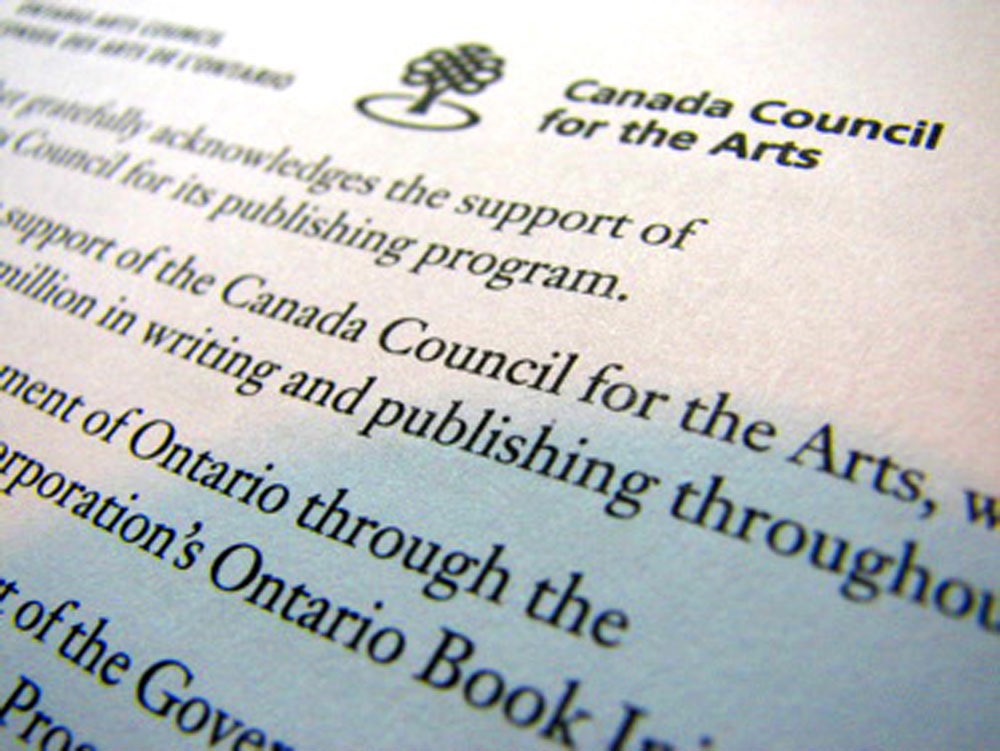
May 4, 2020; ArtNet News
In the US, artists face desperate conditions due to the pandemic, but that is not so everywhere. In Canada, reports Kate Brown for ArtNet News, help arrived in mid-March: “Within weeks of the museums and galleries closing…Prime Minister Justin Trudeau has introduced an aid package providing CA$2,000 (US$1,435) every four weeks for up to four months to Canadians who have lost most or all of their income as a result of the pandemic. Another program is helping businesses and organizations by covering up to 75 percent of employee wages for 12 weeks.”
Brown elaborates:
Artists…tend to report that they’re being well-supported. Those who spoke with ArtNet News noted that artists are able to do some paid work on the side while still receiving the CA$2,000 per month benefit. It has made everyday necessities, such as “getting food and basic supplies and rent,” more accessible, according to Vancouver-based artist Tiziana La Melia.
The contrast with the US could hardly be starker. Last week in NPQ, Cyndi Suarez wrote about the desperate condition of arts in the US during the pandemic-induced economic shutdown. Artist Relief, an emergency initiative put together in record time by a coalition of grantmakers, offered grants of $5,000 to 200 artists. But with 50,000 artists applying for the money, your chance as an artist of getting funding was about one in 250. About 11,000 of the 50,000 applicants responded to a survey conducted by the grant coalition, with 95 percent reporting lost income and nearly two thirds saying they lack access to the resources they need to do their work.
Sign up for our free newsletters
Subscribe to NPQ's newsletters to have our top stories delivered directly to your inbox.
By signing up, you agree to our privacy policy and terms of use, and to receive messages from NPQ and our partners.
Canada’s support for the arts is not as substantial as Germany’s, which Brown in an earlier article called “the envy of the world.” A survey conducted by the Canada Council of the Arts found considerable support for the Canadian federal government’s response to the pandemic, but some areas of discontent. In the survey, 39 percent of respondents indicated that funding did not meet their specific needs. Self-employed artists and smaller arts organizations, including some museums, were among those least satisfied. Still, Brown adds, many arts organizations say that when they raise their problems to the government, it is generally responsive.
When shortfalls in support for the arts became clear Heritage Canada, the federal ministry that oversees culture and sports, committed last week to distribute an additional CA$500 million (US$355 million). By contrast, arts organizations received only $225 million in the CARES Act. It is worth noting that the population of Canada is one ninth that of the US, so the allocation in Canada per capita is about 14 times as high.
Prime Minister Justin Trudeau, in announcing the CA$500 million allocation last Friday, explained his support by noting that increased government support for the arts would enable artists to “continue to make us dream, particularly in dark times.” Calgary Mayor Naheed Nensh said he was not sure if the money was enough, but said it was “a meaningful amount.”
It is anticipated that much of the funding in Canada will go through the Canada Council of the Arts, an agency similar to the US National Endowment of the Arts (but with a significantly larger budget).
Could a similar effort occur in the US? Of course, a similar effort did occur in the US during the Great Depression. The challenge is in the politics, not the mechanics. What is clear from the examples of countries like Canada and Germany is that the idea of a national cultural strategy is not a relic of the past. And, indeed, it is very much needed in the US in the present.—Steve Dubb













